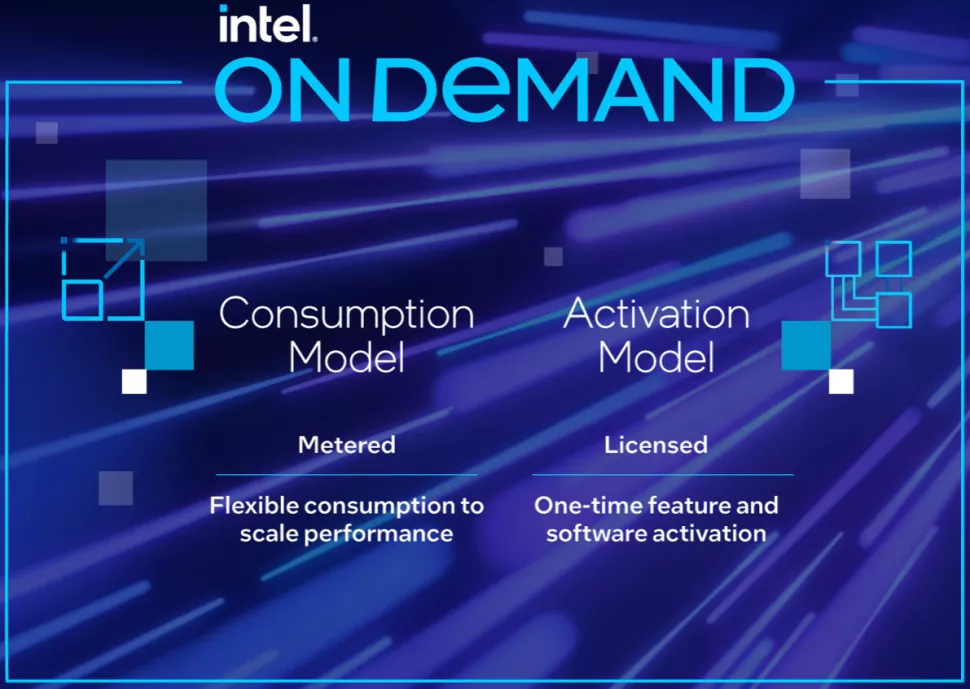Intel Officially Unveils “On-Demand” Chip Licensing, Limited to Sapphire Lineup

The company’s next Xeon Scalable Sapphire Rapids processor will have some accelerators and features activated through Intel’s official announcement of its Intel On Demand program. With the new pay-as-you-go program, Intel will be able to ship fewer SKUs while still making the most of its technology. Additionally, its clients will be able to upgrade their computers without changing the hardware or providing their customers with extra services.
The upcoming Intel 4th Generation Xeon Scalable Sapphire Rapids processors from Intel come with a variety of specialized accelerators and security features that not all users will need want. Intel will send such end users its CPUs with those capabilities disabled but switch them on if they are required at some point to give them more investment flexibility.

Intel will be able to sell fewer CPU models and then give its customers or partners the option to activate particular capabilities when necessary thanks to the Software Defined Silicon (SDS) technology. Software Guard Extensions, Dynamic Load Balancer (DLB), Intel Data Streaming Accelerator (DSA), Intel In-Memory Analytics Accelerator (IAA), Intel In-Memory Analytics Accelerator, and Intel QuickAssist Technology (QAT) to accelerate particular workloads are among the technologies that Intel wants to make attainable.
Few customers will require all of Intel’s On Demand technologies at once because they are intended for completely different workloads. However, as companies expand their data centers, they might need a few of them, in which case the On Demand feature is useful. In the meanwhile, some of Intel’s clients will provide those features as a service (e.g., for cloud and co-hosting machines). On the other hand, others will help activate them on premise-installed servers.
Intel’s On Demand service is currently exclusive to servers, and we anticipate that it will continue to be a feature of Xeon platforms. We wouldn’t draw any comparisons until we have all the information because the server world operates differently than the consumer PC world and since we are unsure of Intel’s On Demand’s terms





